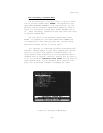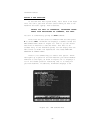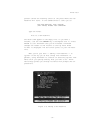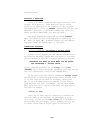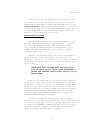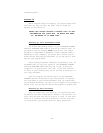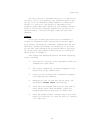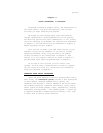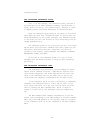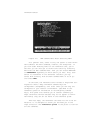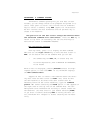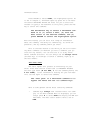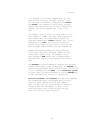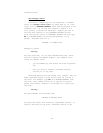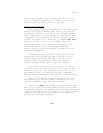
Tutorial
Chapter 4
USING THINKTANK: A TUTORIAL
ThinkTank’s extensive prompts, menus, and explanations on
the screen make it virtually self—teaching. This tutorial
will help you begin mastering the program.
We assume you have already spent some time browsing
through command menus, reading explanations of the options,
and selecting options with their command keys. If not, please
look over “Starting Up ThinkTank” and “Exiting from ThinkTank”
in Chapter 2, and the “Brief Tour of ThinkTank” in Chapter 3,
before plunging into this chapter.
This tutorial is meant to be read while sitting at your
computer, trying out the examples. If you are not already
operating ThinkTank, start it up and load in the sample
outline according to the instructions in Chapter 2. Then
restore it to its original condition as shown in Figure 3—1
and described under “Getting Synchronized” in Chapter 3.
At the end of this tutorial you will create a new
outline. You will need a formatted disk to store it; prepare
one now if you don’t have one. Instructions for formatting
disks are contained in Appendix C.
LEARNING MORE ABOUT THINKTANK
There are three important tools for learning about Think—
Tank. First, the reference guide provides a full description
of each command, arranged alphabetically. Second, the
reference card provides a concise summary of the entire Think—
Tank command structure, organized functionally. Third, Think—
Tank’s system of screen prompts, menus, explanations, cursors,
highlights, and keystrokes —— The command system —— allows you
to explore ThinkTank’s command structure directly. Let’s take
a closer look at each of these resources.
—43—



